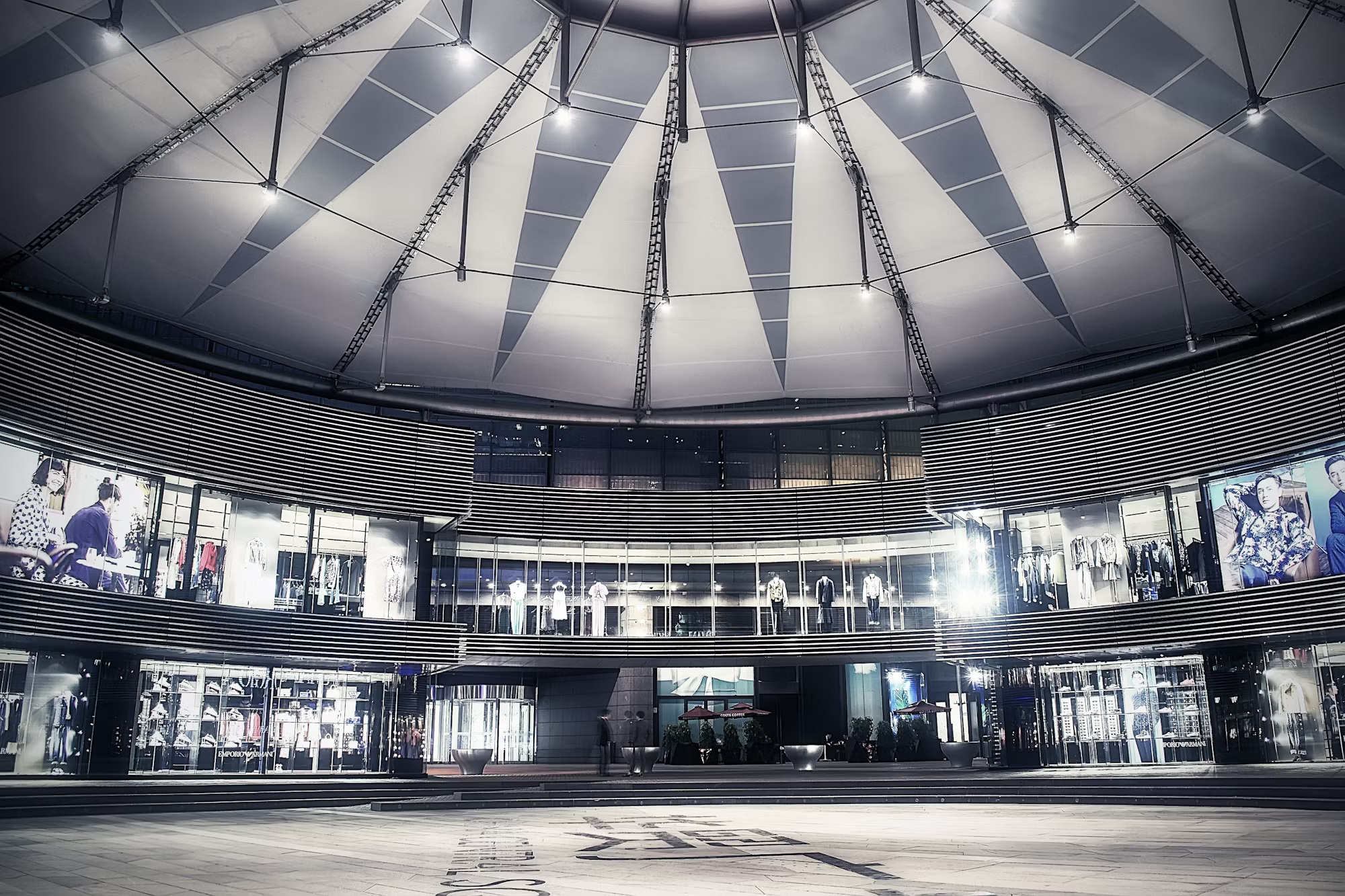As we advance further into the 21st century, the shopping experience is transforming dramatically. Traditional retail methods are being reshaped by technological advancements, changing consumer behaviors, and a growing emphasis on sustainability. In this article, we will explore the latest trends in shopping and how they are redefining the retail landscape, providing insights for both consumers and retailers alike.
One of the most prominent trends in the retail sector is the shift toward omnichannel shopping. Today’s consumers demand a seamless experience that allows them to interact with brands through multiple platforms. Whether they are browsing products online, checking in-store availability via mobile apps, or making purchases through social media, the expectation is clear: shopping should be integrated and fluid. Retailers are responding by creating cohesive experiences that bridge the gap between online and offline shopping. This includes offering services like click-and-collect, where customers can order products online and pick them up at a local store, thus enhancing convenience while maintaining the tactile experience of in-store shopping.
Technology plays a critical role in shaping this new retail environment. The advent of artificial intelligence and machine learning has enabled retailers to analyze vast amounts of consumer data, leading to personalized shopping experiences. Algorithms can track browsing habits, previous purchases, and even customer feedback to offer tailored recommendations. This level of personalization not only improves customer satisfaction but also boosts sales, as shoppers are more likely to purchase items that resonate with their preferences. Additionally, technologies like augmented reality (AR) are enhancing the shopping experience further, allowing consumers to visualize products in their own environments before making a purchase. For example, AR apps enable users to see how a piece of furniture would look in their living room, eliminating uncertainty and enhancing confidence in buying decisions.
Another significant trend is the increasing focus on sustainability. As consumers become more environmentally conscious, they are seeking out brands that prioritize sustainable practices. Retailers are responding by implementing eco-friendly initiatives, such as reducing plastic packaging, sourcing materials responsibly, and adopting energy-efficient processes. Many brands are now transparent about their supply chains, allowing consumers to make informed choices. This shift toward sustainability not only benefits the environment but also strengthens brand loyalty, as customers are more likely to support companies that align with their values.
Social media has become a powerful influencer in the shopping experience. Platforms like Instagram and TikTok have transformed how consumers discover products, often relying on influencers and user-generated content to guide their purchasing decisions. Brands leverage these platforms to showcase their products creatively, fostering community engagement and driving sales. Social commerce, which allows users to shop directly through social media platforms, is becoming increasingly popular, simplifying the buying process and making it more accessible. This trend underscores the importance of building a strong online presence and connecting with customers in spaces where they spend a significant amount of their time.
Personalization extends beyond just product recommendations; it encompasses the overall shopping experience. Consumers now expect brands to understand their unique needs and preferences, leading to a demand for tailored marketing messages and promotions. Retailers are utilizing data analytics to gather insights on customer behavior, allowing them to create targeted campaigns that resonate with specific audiences. This level of personalization enhances customer engagement and can significantly impact conversion rates, as shoppers feel valued and understood.
The role of brick-and-mortar stores is also evolving in this new shopping landscape. While e-commerce continues to thrive, physical stores are adapting to serve as experience centers rather than mere transaction points. Retailers are investing in creating immersive experiences that engage customers and foster brand loyalty. This might include interactive displays, product demonstrations, and exclusive in-store events that encourage customers to visit and explore. By transforming physical spaces into destinations for experiential shopping, retailers can attract consumers seeking more than just a simple purchase.
Mobile shopping is another trend on the rise, with smartphones becoming indispensable tools for consumers. Retailers are optimizing their mobile platforms to enhance the shopping experience, incorporating features like mobile payments, personalized notifications, and loyalty rewards. The convenience of mobile shopping is appealing, especially for busy individuals looking to save time. Moreover, location-based services allow retailers to send targeted promotions to customers when they are near their stores, encouraging spontaneous visits and purchases.
Health and wellness are increasingly influencing consumer choices, leading to a demand for products that promote a healthy lifestyle. Retailers are expanding their offerings to include organic, natural, and health-oriented items, catering to this growing segment of the market. This trend is not limited to food and beverages; it extends to beauty products, fitness equipment, and wellness services. As consumers prioritize their health and well-being, retailers must adapt to meet these demands, ensuring they offer relevant products that resonate with their audience.
The COVID-19 pandemic has accelerated many of these trends, prompting retailers to adapt quickly to changing consumer behaviors. The need for contactless shopping options and enhanced safety measures has become paramount. Retailers that embraced digital transformation during this time have positioned themselves for future success, as consumers increasingly expect innovations that enhance their shopping experiences.
Looking ahead, the retail industry is poised for continued evolution in response to consumer needs and technological advancements. The emphasis on sustainability, personalization, and seamless omnichannel experiences will shape how brands connect with their customers. Retailers that prioritize innovation and adaptability will thrive in this competitive landscape, meeting the demands of the modern consumer.
In conclusion, the shopping experience is undergoing a profound transformation influenced by technology, consumer preferences, and sustainability. By understanding these trends, both consumers and retailers can navigate the evolving retail landscape effectively. As shopping becomes more integrated into daily life, the ultimate goal remains the same: creating meaningful connections between consumers and brands that enhance the overall shopping experience.
